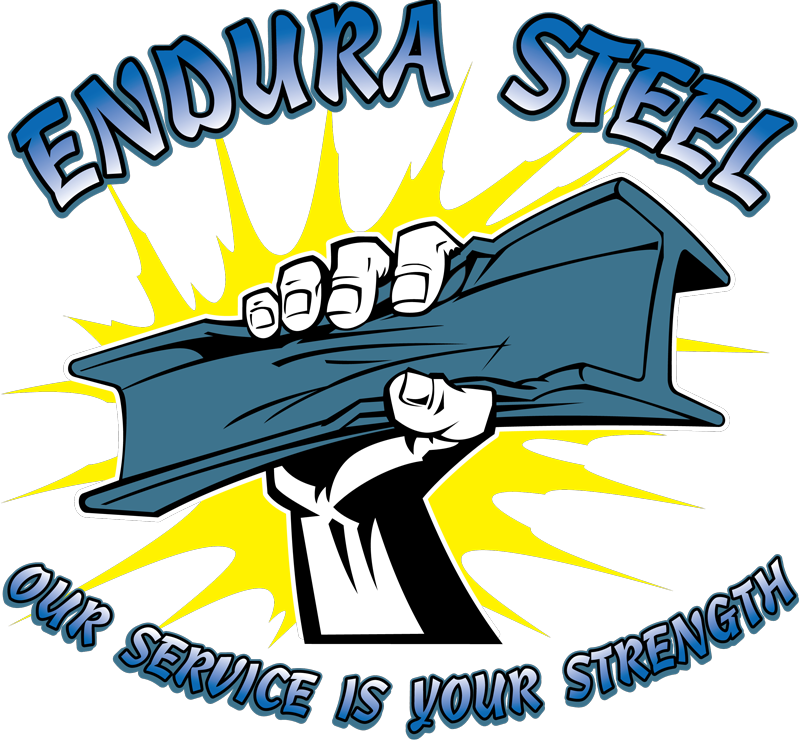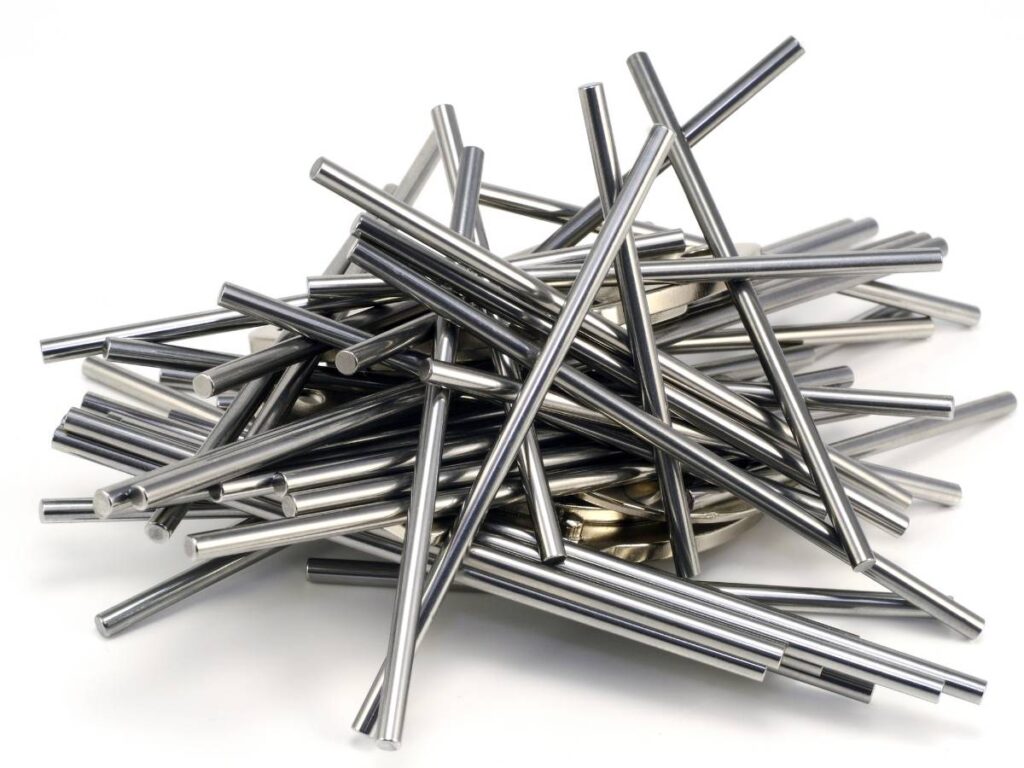Structural steel stands tall as the backbone of modern construction, demonstrating its paramount significance in shaping our skylines and enabling the creation of iconic structures. Structural steel shapes unparalleled strength and durability allow the construction of high-rise buildings, bridges, industrial facilities, and other infrastructure projects. Steel’s exceptional resistance to fire, seismic forces, and extreme weather conditions enhance structures’ overall safety and longevity, instilling confidence in both builders and occupants.
Common Structural Steel Shapes
I-Beams (also known as Universal Beams)
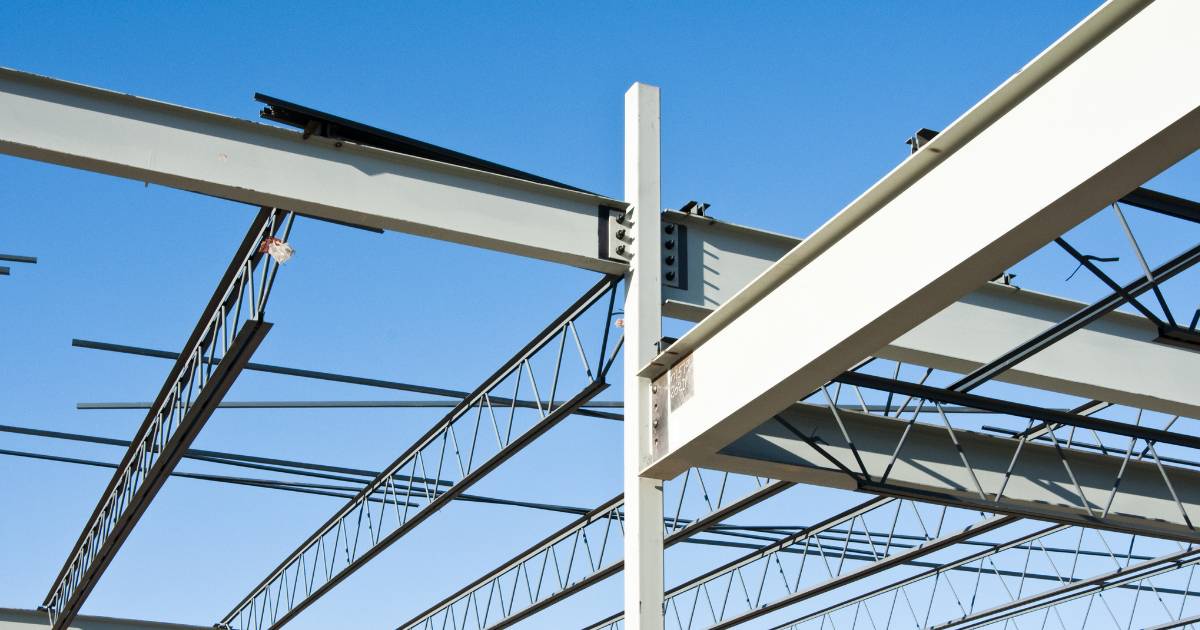
I-Beams, or Universal Beams, are one of the most commonly used structural steel shapes. Their distinguishing feature is their “I” shape, which consists of a horizontal flange and a vertical web connected by tapered flanges. This design imparts exceptional strength and load-bearing capacity to I-Beams, making them ideal for spanning long distances and supporting heavy loads.
Typical Applications of I-Beams
I-Beams find widespread use in a myriad of construction applications. Their versatility makes them suitable for both vertical and horizontal load-bearing purposes. In building construction, I-Beams serve as primary structural members in the framework of skyscrapers, warehouses, and industrial facilities. I-Beams are also prevalent in bridge construction, forming the main girders capable of withstanding heavy traffic loads. Their adaptability extends to smaller-scale projects, such as residential constructions, where I-Beams are employed as lintels, floor joists, and roof trusses.
Advantages and Limitations of I-Beams
I-Beams offer several advantages that contribute to their popularity in the construction industry. Their efficient structural design ensures a high strength-to-weight ratio, allowing for lighter overall structures while maintaining optimal load-bearing capabilities. The tapered flanges increase bending and deflection resistance, providing structural stability under varying loads.
However, I-Beams may be less visually appealing or architecturally versatile than other steel shapes. Although this is the case, I-Beams remain a fundamental and indispensable choice in structural steel construction due to their exceptional load-bearing capacity, versatility, and cost-effectiveness. Their widespread usage across diverse construction projects attests to their reliability and enduring legacy as a preferred steel shape.
H-Beams (also known as Wide Flange Beams)
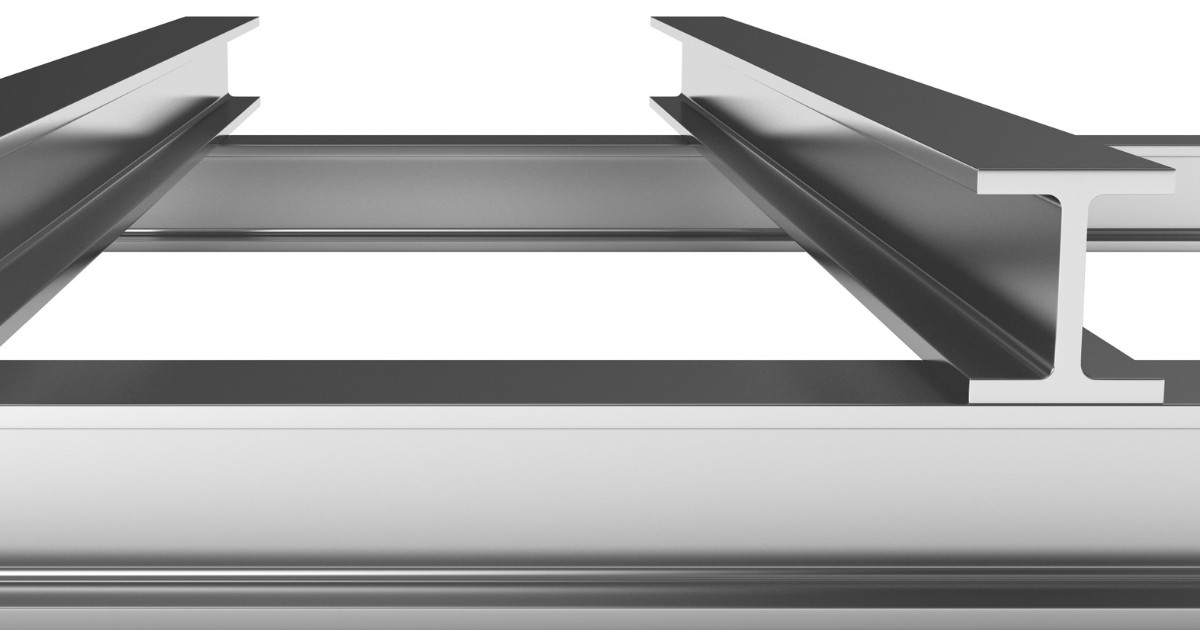
H-Beams, also called Wide Flange Beams, are another prominent structural steel shape widely used in construction. They possess an “H” shape with wider flanges and a narrower web than I-Beams. This design imparts excellent load-bearing capacity and structural stability.
Typical Applications of H-Beams
H-Beams find extensive applications in various construction projects that require robust structural support. Their broad flanges offer an increased surface area for connecting with other structural elements, making them suitable for constructing rigid frameworks. In high-rise buildings, H-Beams are primary load-bearing members, providing the necessary strength and stability to withstand vertical loads and resist lateral forces such as wind and earthquakes.
Advantages and Limitations of H-Beams
H-Beams offer several advantages that contribute to their widespread usage in construction. Their wider flanges provide better lateral stability and resistance to torsion, making them suitable for applications with significant horizontal forces. The increased surface area also facilitates efficient connections, simplifying the assembly and ensuring structural integrity.
However, H-Beams have some limitations, like broad flanges may lead to higher material costs than steel shapes with narrower flanges. The larger dimensions and weight of H-Beams can pose challenges during transportation and installation, requiring appropriate equipment and planning.
Despite these, H-Beams remain an integral component of structural steel construction, particularly in projects that require robust load-bearing capabilities and resistance to lateral forces. Their versatility, strength, and stability make them a reliable choice for engineers and architects seeking optimal structural performance.
Channels

Channels, also known as C-Channels or U-Channels, are a popular type of structural steel shape distinguished by their “C” or “U” shape. They feature a flat base, two parallel flanges, and tapered sides. Channels are manufactured through hot rolling or cold forming.
Typical Applications of Channels
Channels find widespread applications in various construction projects, offering versatility and structural support. Their flat base provides stability and ease of installation, making them suitable for supporting loads in multiple orientations. Channels are commonly used as beams or columns in construction, providing structural support for floors, roofs, and walls. They are also used in the manufacturing industry to support conveyor systems, framing equipment, and structural components in machinery.
Advantages and Limitations of Channels
Channels offer several advantages that make them a preferred choice in construction applications. Their symmetrical shape allows for easy connections and ensures uniform load distribution, enhancing structural integrity. Channels possess excellent bending and torsional resistance, making them suitable for applications subjected to various forces.
However, channels do have certain limitations. Their tapered sides may limit their usage in applications that require high resistance to torsion or shear forces. The narrow flanges of channels may restrict their load-bearing capacity compared to wider-flanged shapes.
Despite these limitations, channels remain a practical and versatile choice in structural steel construction. Their ease of installation, stability, and suitability for various applications make them integral to multiple construction projects.
Angles
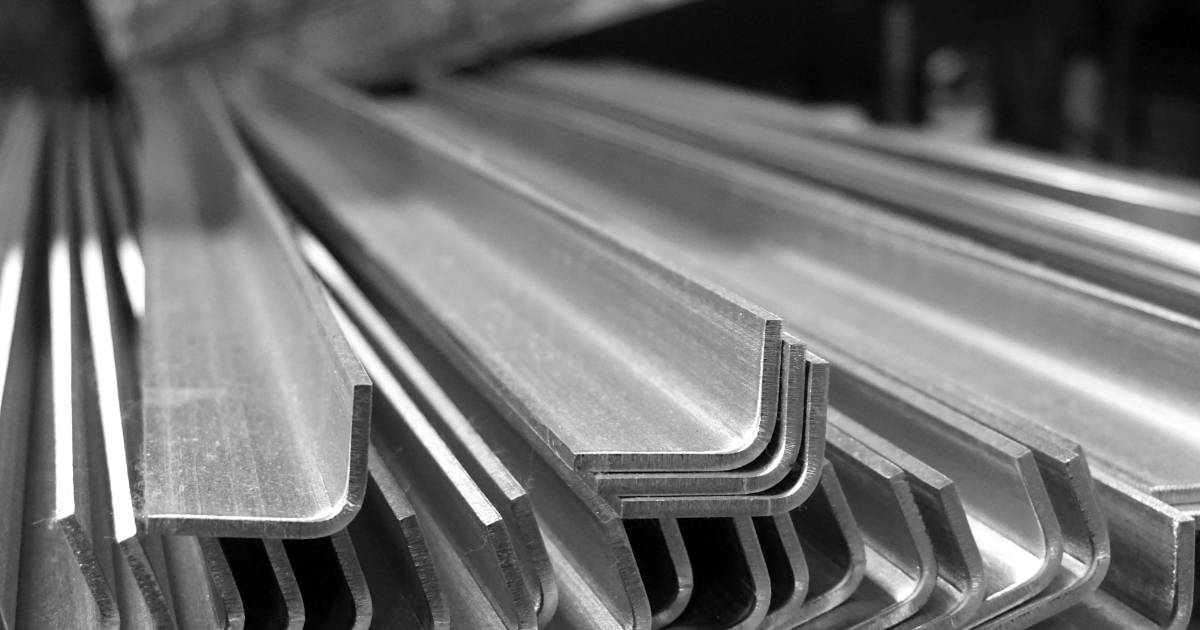
Angles, or L-Shapes, are structural steel shapes characterized by their L-shaped cross-section. They consist of two legs of equal or unequal lengths, meeting at a 90-degree angle. Angles are manufactured through hot rolling or cold forming, resulting in consistent dimensions and mechanical properties.
Typical Applications of Angles
Angles find various applications in construction projects. Their L-shaped design allows for efficient load transfer and provides rigidity in multiple directions. Angles are commonly used as bracing elements, reinforcing the stability of structures by resisting compression and tension forces. They are also utilized as lintels, supporting openings such as doors and windows. Angles find applications in frameworks, stairs, handrails, and shelving systems, enhancing structural strength and stability.
Advantages and Limitations of Angles
Angles offer several advantages that contribute to their popularity in construction. Their L-shaped design provides excellent torsional and bending resistance, making them suitable for applications that require structural stability and load-bearing capacity. Angles are easily adjustable and can be cut to custom lengths, offering flexibility in construction.
Unfortunately, angles may have lower load-bearing capacities than steel shapes, such as beams. Their structural performance is influenced by the ratio of leg lengths, and unequal leg lengths can affect their overall strength and stability.
Although this is the case, angles remain valuable in structural steel construction, providing strength, stability, and versatility in various applications. Their ease of use, cost-effectiveness, and ability to withstand diverse forces make them a good choice for engineers and builders seeking reliable structural solutions.
Tubes (Rectangular and Square Tubes)

Tubes, including rectangular and square tubes, are hollow structural steel shapes with uniform wall thickness. Hot or cold rolling forms them, resulting in precise dimensions and consistent mechanical properties. Rectangular tubes have a rectangular cross-section with four straight sides, while square tubes have a square cross-section with four equal sides.
Typical Applications of Tubes
Tubes, mainly rectangular and square tubes, are widely used in construction projects that require structural support, versatility, and aesthetic appeal. Their hollow design allows for the efficient utilization of materials while maintaining strength. Rectangular tubes find applications in building frameworks, infrastructure projects, and industrial structures. They are often used for columns, beams, braces, and trusses. Square boxes are commonly employed in architectural designs, furniture manufacturing, and decorative applications, providing clean lines and a modern aesthetic.
Advantages and Limitations of Tubes
Tubes, including rectangular and square tubes, offer several advantages in construction applications. Their hollow design provides an excellent strength-to-weight ratio, reducing overall material usage and making them cost-effective. The uniform wall thickness enhances structural integrity and load-bearing capacity.
Due to their hollow nature, tubes may have reduced torsional and bending resistance compared to solid steel shapes. Additional reinforcement may be required in applications with high torsional or shear forces.
Despite these limitations, rectangular and square tubes remain popular in construction, offering strength, versatility, and a sleek appearance. Their adaptability to various applications, from structural support to architectural design, makes them valuable in the construction industry.
Specialized Structural Steel Shapes
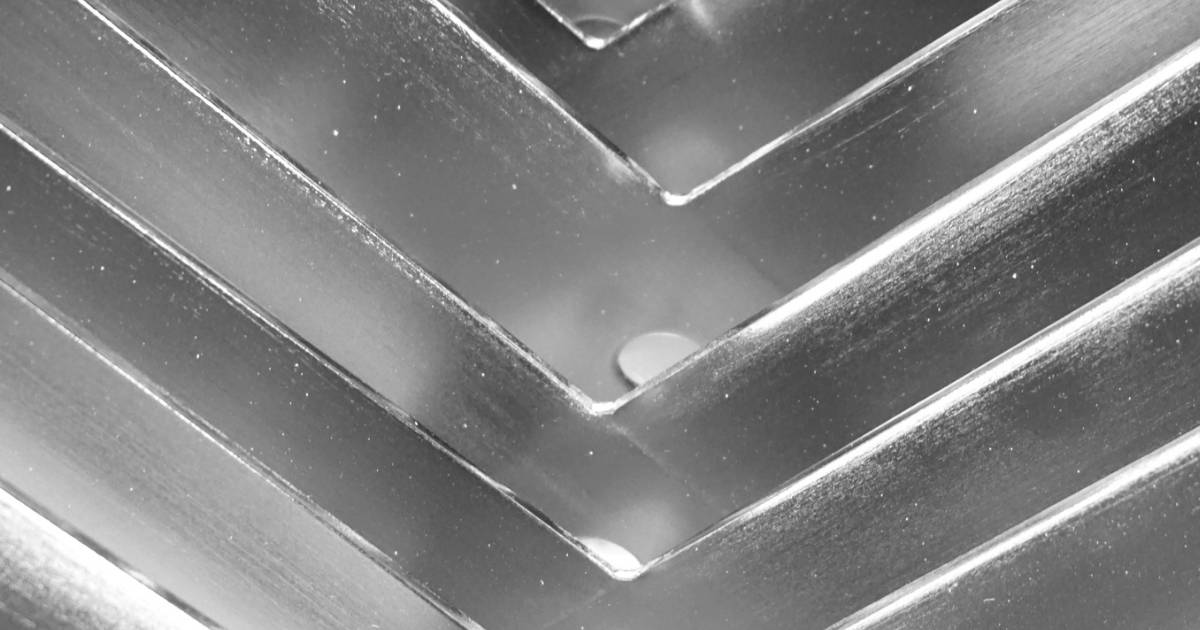
T-Shapes
T-Shapes, also known as T-sections, are structural steel shapes characterized by their T-shaped cross-section. They have a vertical stem (the web) and a horizontal top flange. The stem and flange of T-Shapes are connected perpendicularly, creating a strong and stable configuration.
Typical Applications of T-Shapes
T-Shapes find various applications in construction projects, providing structural support and versatility. Their design allows for effective load distribution and resistance against bending and shear forces. People commonly use T-Shapes as beams in construction frameworks, bridges, and industrial structures. You can also employ T-Shapes in trusses, columns, and bracing elements to enhance stability.
Advantages and Limitations of T-Shapes
T-Shapes offer several advantages that make them suitable for construction applications. The vertical stem of T-Shapes provides excellent resistance against bending and shear forces, making them ideal for applications subjected to various loads. The horizontal top flange offers a wide surface area for efficient connections and load transfer.
The T-Shape design may limit usage in applications with crucial torsional or lateral stability. In such cases, you may need to add bracing or reinforcing elements. T-Shapes with larger flanges may have higher material costs than steel shapes.
T-Shapes remain a valuable option in structural steel construction, offering strength, stability, and versatility. Their load-bearing capabilities and adaptability to various construction needs make them a reliable choice for engineers and architects seeking efficient and durable structural solutions.
Z-Shapes
People refer to Z-Shapes as Z-sections, which are structural steel shapes with Z-shaped cross-sections. They consist of two flanges that are parallel to each other, connected by a vertical stem. The flanges sit on opposite sides of the web, forming a distinctive Z configuration.
Typical Applications of Z-Shapes
Z-Shapes find various applications in construction projects that require structural support and stability. Their unique design allows for efficient load distribution and resistance against bending and shear forces. People commonly use Z-Shapes as beams in building frameworks, bridges, and industrial structures to provide necessary support and stability.
Advantages and Limitations of Z-Shapes
Z-Shapes offer several advantages that make them favorable for construction applications. The parallel flanges of Z-Shapes provide excellent resistance to bending and shear forces, ensuring structural stability and load-bearing capacity. The vertical web contributes to the overall strength and rigidity of the shape. Z-Shapes are available in various sizes, allowing for flexibility in design and construction.
The shape’s design may limit its usage in critical torsional or lateral stability applications.You might need to add bracing or reinforcing elements to address such limitations effectively. The aesthetics of Z-shapes may also be a consideration in architectural designs, as the Z configuration may not align with specific visual preferences.
Despite these limitations, Z-Shapes remain a valuable choice in structural steel construction, offering strength, stability, and versatility. Their load-bearing capabilities and adaptability to various construction needs make them a reliable option.
Hollow Structural Sections (HSS)

Hollow structural sections (HSS) refer to a group of hollow structural steel shapes in cross-section. Cold or hot rolling forms them into various shapes, including square, rectangular, and circular. HSS features uniform wall thickness and consistent dimensions, which ensure precise structural integrity.
Typical Applications of HSS
HSS finds widespread applications in construction projects where strength, durability, and efficient use of materials are of utmost priority. The versatility of HSS shapes allows for diverse applications in building frameworks, bridges, and infrastructure projects. People use square and rectangular HSS to construct columns, beams, and braces, providing structural support and stability. Circular HSS finds applications in architectural designs, such as canopies, sculptures, and decorative structures. Manufacturers can also use HSS to produce frames, racks, and support systems.
Advantages and Limitations of HSS
HSS offers several advantages that make them a preferred choice in construction applications. The hollow cross-section of HSS provides a high strength-to-weight ratio, reducing material usage and transportation costs. The uniform wall thickness ensures consistent structural performance and ease of fabrication. HSS shapes have excellent resistance to bending, torsion, and compression.
The hollow nature of HSS shapes may limit their usage in applications that require resistance to shear or torsional forces. Bracing or reinforcing elements may be necessary in such cases. The exposed corners of square and rectangular HSS may require additional attention in terms of corrosion protection.
HSS remains valuable in structural steel construction, offering strength, versatility, and efficiency. Their ability to withstand diverse loads, optimize material usage, and facilitate creative design solutions make them an essential choice for engineers and architects in the construction industry.
Pipe Sections
Pipe sections refer to cylindrical structural steel shapes that have a hollow interior. Manufacturers produce them through seamless or welded methods, resulting in precise dimensions and consistent mechanical properties. Pipe sections have a circular cross-section and are available in various diameters and wall thicknesses.
Typical Applications of Pipe Sections
Pipe sections have diverse applications in both fluid transportation and structural support. In liquid transportation, people widely use them in plumbing, irrigation systems, and industrial piping networks. People employ pipe sections in water supply, sewage disposal, oil and gas pipelines, and HVAC (Heating, Ventilation, and Air Conditioning) systems. Regarding structural support, one can use pipe sections as columns or bracing elements or in constructing frameworks for buildings, bridges, and infrastructure projects.
Advantages and Limitations of Pipe Sections
Pipe sections offer several advantages that make them suitable for their intended applications. Their cylindrical shape provides excellent resistance against internal and external pressure, making them ideal for fluid transportation. They have high tensile and can stand heavy loads, making them suitable for structural support.
The circular cross-section may limit their application in situations that require non-circular shapes. The cylindrical shape may pose challenges in connection and fabrication compared to other steel shapes.
Pipe sections remain essential in fluid transportation systems and structural steel construction. Their ability to efficiently transport fluids and provide structural support makes them a reliable choice in various industries.
Factors to Consider when Choosing Structural Steel Shapes

Load-Bearing Capacity
The load-bearing capacity of a structural steel shape is a factor to consider. It determines the ability of the shape to withstand and distribute the applied loads. Different steel shapes have varying load-bearing capacities due to their cross-sectional design, dimensions, and material properties. They require an analysis of the structural requirements and a shape selection to support the anticipated loads safely.
Design Flexibility
Design flexibility refers to achieving the desired architectural and structural designs using the chosen steel shape. Some shapes offer greater flexibility in creating unique and complex structures, while others may have limitations in achieving specific design requirements. Consider the architectural vision, structural functionality, and any special design considerations when choosing a steel shape to ensure it aligns with the desired design objectives.
Cost Considerations
Cost is a factor to consider in any construction project. Steel shapes differ in material costs, fabrication complexity, and installation requirements. Assessing the overall cost implications, including the cost of materials, fabrication, transportation, and labor, is necessary. It is advisable to work closely with structural engineers and fabricators to determine the most cost-effective steel shape that meets the project’s structural requirements without compromising safety and quality.
Availability and Fabrication Ease
The chosen steel shape’s availability and ease of fabrication play a significant role in project timelines and costs. Some shapes may be readily available in standard sizes, while others may require custom production, resulting in longer lead times and potentially higher prices. Consider the availability of the shape in the desired dimensions and the fabrication ease to ensure smooth project execution and timely delivery.
Aesthetic Considerations
One should not overlook aesthetic considerations, especially in projects with specific architectural requirements. Different steel shapes have distinct visual characteristics that can significantly impact the overall aesthetic appeal of a structure. Consider how the chosen body integrates with the architectural concept, complements the surrounding environment, and meets the desired aesthetic goals. Balancing structural functionality with aesthetic considerations is essential to achieve a visually pleasing and functional design.
Structural Steel in Construction
Selecting the appropriate structural steel shape for a project is essential. The chosen form directly affects the structural integrity, load-bearing capacity, and overall performance of the construction. Stakeholders can make decisions that result in safe, efficient, and aesthetically pleasing structures. The proper steel shape ensures structural stability, optimizes material usage, facilitates construction processes, and contributes to the project’s success.
Structural steel shapes offer many advantages, including strength, versatility, cost-effectiveness, and design flexibility. Understanding each shape’s characteristics, applications, benefits, and limitations is best when selecting the appropriate option that aligns with project requirements. With the right choice of structural steel shape, construction professionals can build robust, efficient, and visually appealing structures that stand the test of time.
Our Locations
Get a Quote Now
